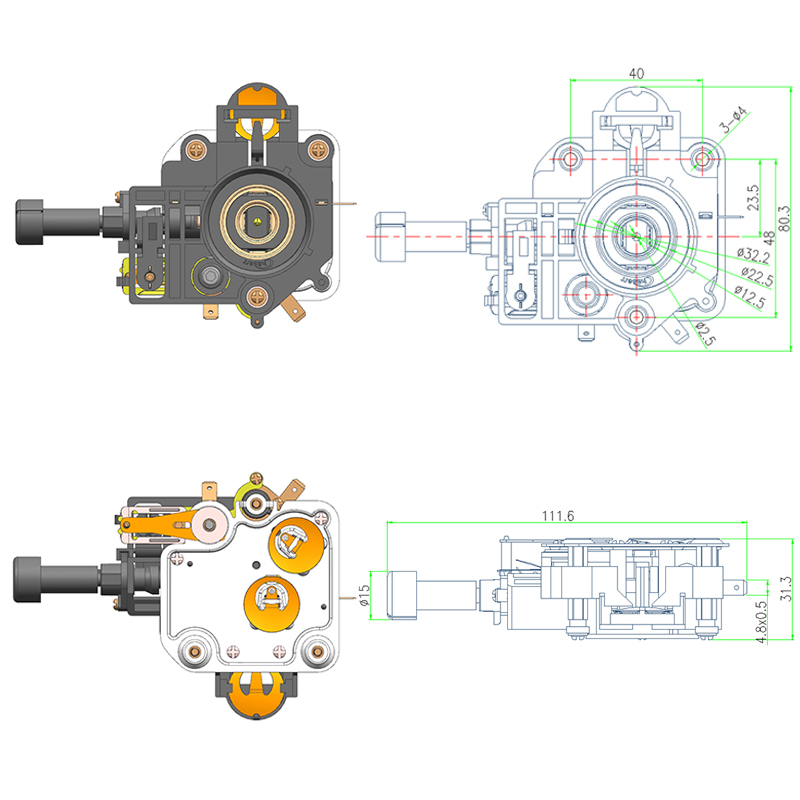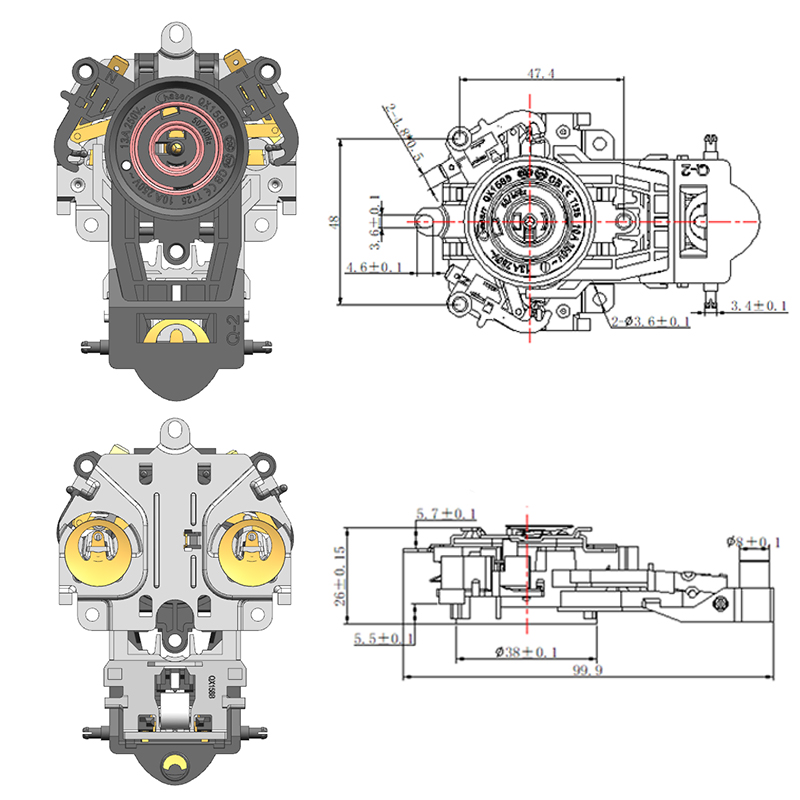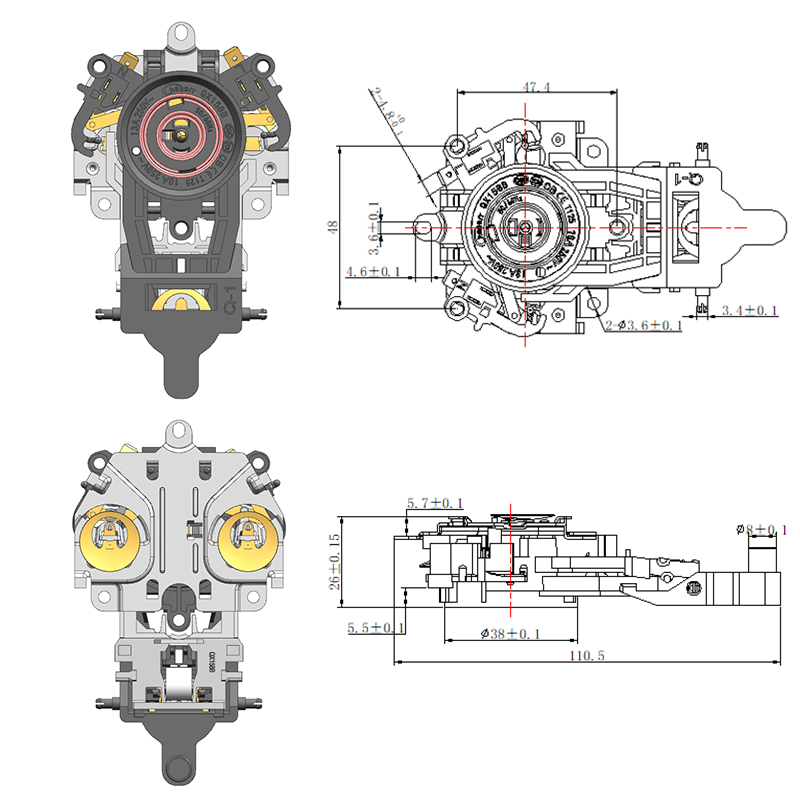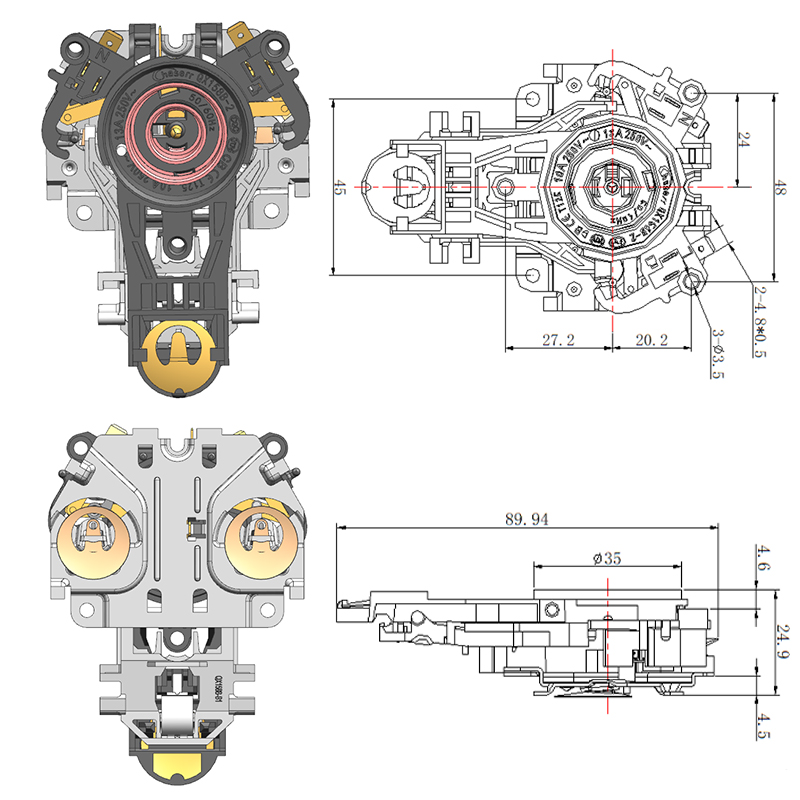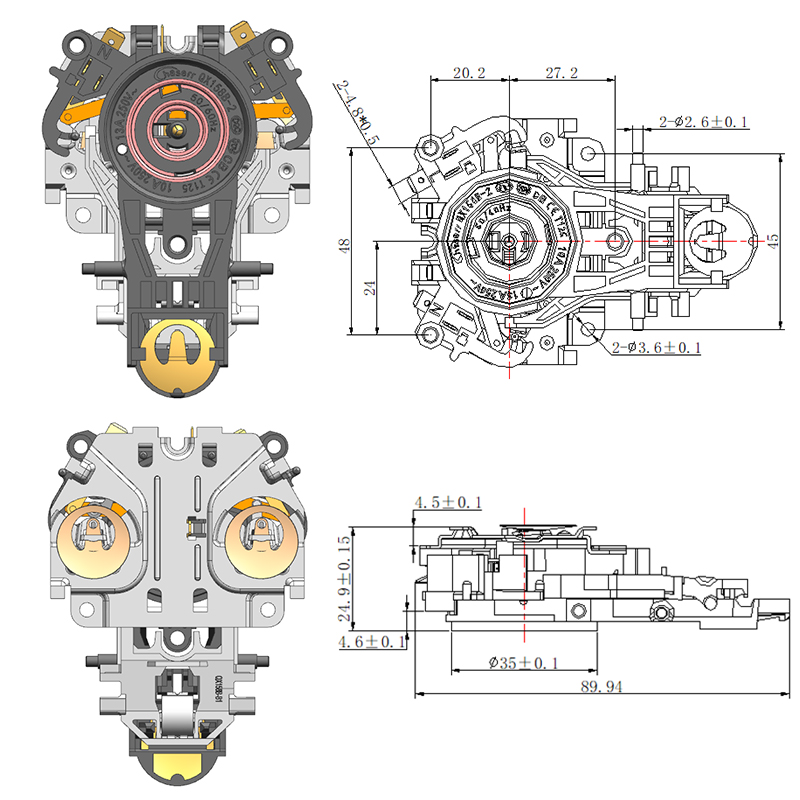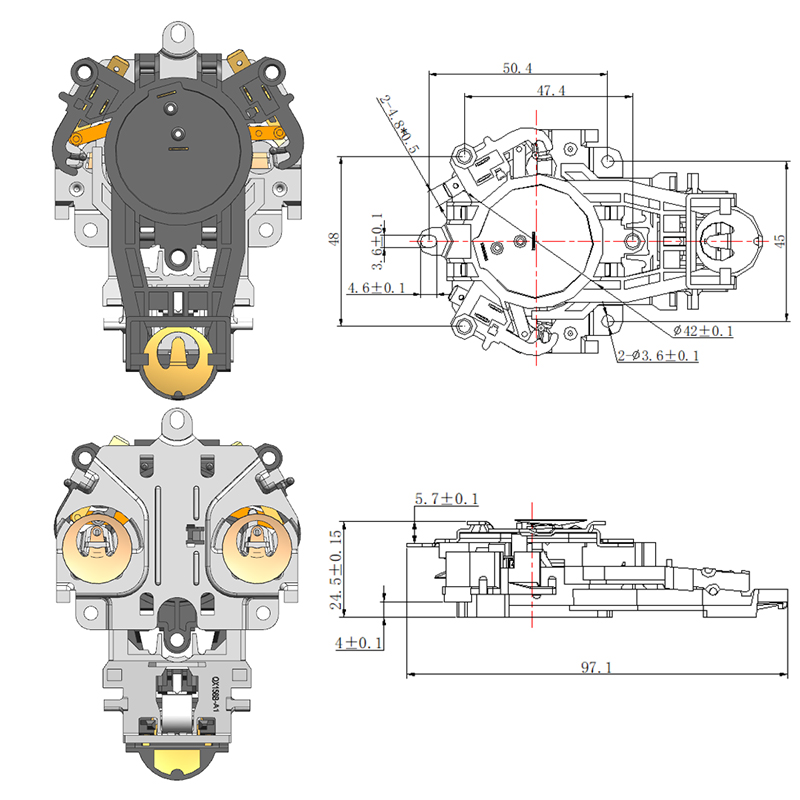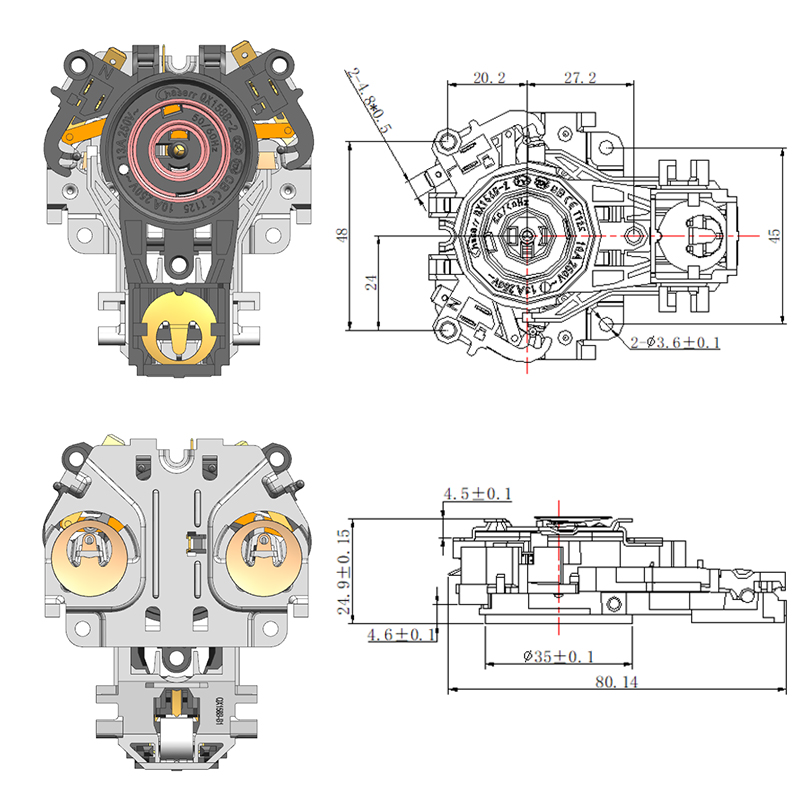Economic Efficiency of Temperature-Controlled Kettles: Do They Save Money?
Temperature control kettles have grown increasingly popular in recent years, not only for their convenience and precision but also for their potential to save energy and reduce household utility costs. Unlike traditional kettles that heat water to a boiling point (100°C) by default, temperature control kettles allow users to select a specific temperature, typically ranging from 40°C to 100°C. This flexibility helps avoid unnecessarily overheating water, especially when different beverages or tasks require different suitable temperatures. While the upfront cost of a temperature control kettle might be slightly higher, its ability to reduce energy waste over time can cause meaningful savings, particularly in households or workplaces where hot beverages are made frequently.
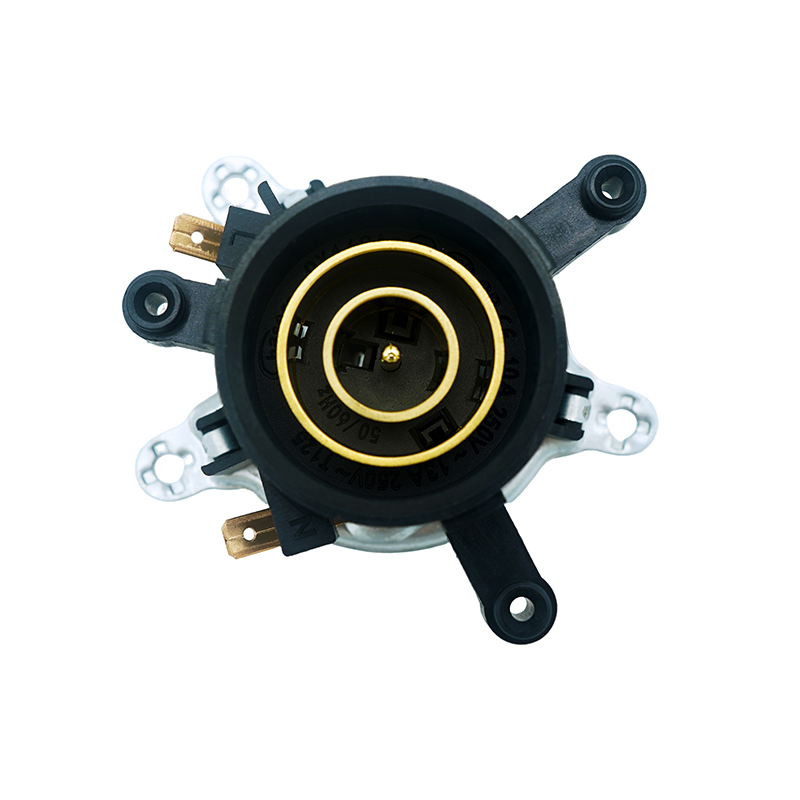
Many people are unaware that not all hot drinks need to be made with boiling water. For instance, making a good cup of coffee actually requires water that's around 90°C. Brewing at a higher temperature can over-extract the coffee grounds, resulting in a bitter taste. Similarly, green tea is steeped at around 70–80°C to preserve its delicate flavor and prevent it from becoming overly astringent. By using a kettle that heats only to the required temperature, users avoid boiling more water than necessary and using more energy than needed. Even small energy savings add up over time, especially when boiling water multiple times a day.
From an energy perspective, the savings are quite straightforward. Heating water from room temperature (about 20°C) to 100°C requires more energy than heating it to, say, 70°C or 85°C. When you set your kettle to a lower temperature, it stops consuming electricity sooner, which not only reduces your carbon footprint but also saves money on your electricity bill. This is particularly important in regions where electricity costs are high or where environmental awareness is growing.
Another practical advantage of temperature control kettles is their efficiency when reheating. Many models include a “keep warm” function that maintains water at a selected temperature for a set period. This feature is significantly more energy-efficient than reheating water repeatedly throughout the day. It also adds convenience for users who need hot water at intervals—for example, in office settings or for parents preparing formula for infants, which requires water at around 70°C to ensure safety without destroying nutrients.
Furthermore, temperature-controlled kettles reduce the tendency to waste water. In a standard kettle, users often boil more water than needed just to be sure there's enough. Since boiling is the only function, there is no option to be more precise. But when people know the water will heat to exactly the temperature they need, they're more likely to measure out only what's required. This not only saves electricity but also supports water conservation efforts.
In the long run, the combination of reduced heating time, precise water measurement, and lower target temperatures can cause a noticeable reduction in energy usage. For environmentally conscious consumers, this efficiency aligns with sustainable living goals. And for those concerned with their monthly expenses, the savings, though incremental daily, accumulate meaningfully over the year.
Temperature control kettles do indeed help save money and energy. By giving users the ability to heat water only to the temperature needed, they avoid unnecessary energy consumption while improving the quality of hot beverages. Whether for making a good cup of coffee, preserving the flavor of tea, or simply being more mindful about electricity use, temperature control kettles offer a smarter, more efficient way to boil water in modern households.

 English
English  中文简体
中文简体  Español
Español 
